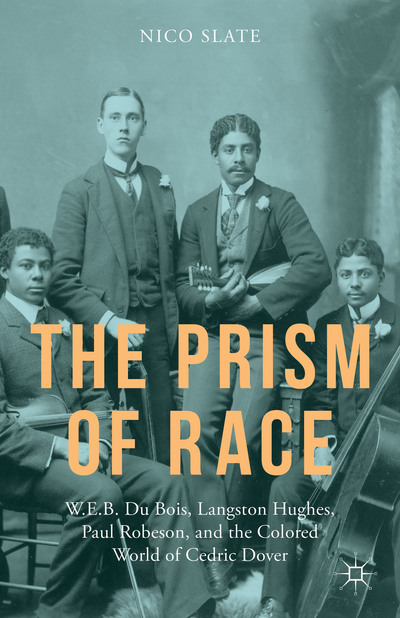Desiring biracial whites: cultural consumption of white mixed-race celebrities in South Korean popular mediaPosted in Articles, Asian Diaspora, Communications/Media Studies, Media Archive on 2015-08-18 20:05Z by Steven |
Media Culture & Society
Volume 37, Number 6 (September 2015)
pages 937-947
DOI: 10.1177/0163443715593050
Ji-Hyun Ahn, Assistant Professor of Communication
University of Washington
Contextualizing the rise in white mixed-race celebrities and foreign entertainers from the perspective of the globalization of Korean popular culture, this article aims to look at how Korean media appropriates whiteness as a marker of global Koreanness. Specifically, the article utilizes Daniel Henney, a white mixed-race actor and celebrity who was born to a Korean adoptee mother and an Irish-American father, as an anchoring text. Analyzing how Henney’s image as upper-class, intelligent, and cosmopolitan constructs what whiteness means to Koreans, the study asserts that Henney’s (cosmopolitan) whiteness is not a mere marker of race, but a neoliberal articulation of a particular mode of Koreanness. This study not only participates in a dialog with the current scholarship of mixed-race studies in media/communication but also links the recent racial politics in contemporary Korean media to the larger ideological implications of racial globalization.
Read or purchase article here.


